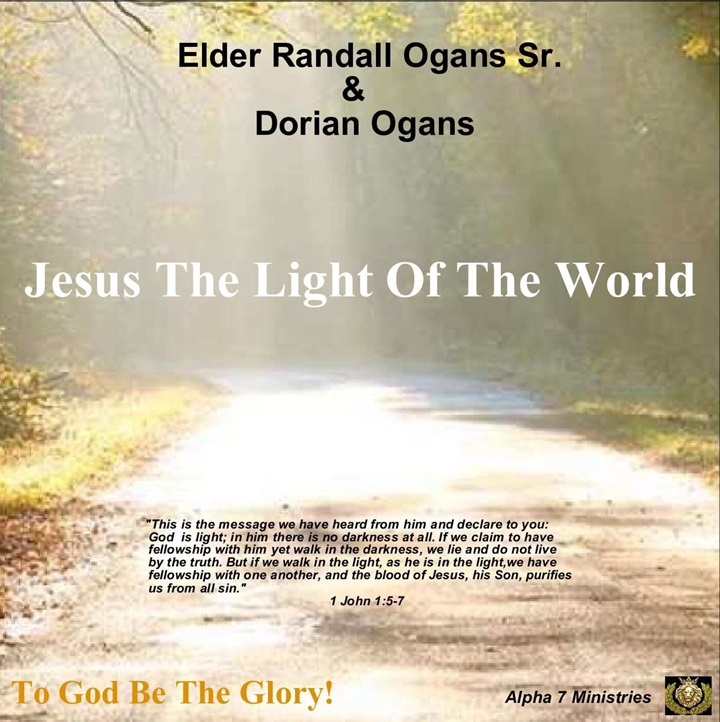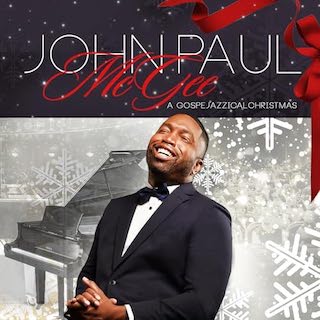By Bob Marovich
From Mary Lou Williams to John Coltrane, jazz musicians over the years have, as Kirk Whalum puts it, “made a spiritual offering through their music.”
With his celebrated series, The Gospel According to Jazz, Whalum makes his own spiritual offering, using jazz to describe the indescribable Savior.
The DVD version of Whalum’s latest installment, The Gospel According to Jazz, Chapter IV, was released yesterday (May 19). JGM’s Bob Marovich spoke with the jazz legend about the new project and the link between jazz and spirituality.
JGM: What encouraged you to do the first Gospel According to Jazz project?
KW: It came out of a big disappointment. I was dropped unceremoniously from Columbia [Records]. I had been recording there for twelve years, and at that point, it was devastating. Especially as a young musician, you begin to derive your identity from that type of thing. That’s never a good idea, but that’s what happened. My wife could tell that it was a big deal for me. She looked me in the eye and said, “Okay, what can you do today that you couldn’t do yesterday when you were a Columbia recording artist?” That was it. It was time for a shift.
JGM: You mention John Coltrane on the DVD. How has Coltrane inspired you?
KW: Coltrane is pretty ubiquitous among those of us who play [saxophone], and yet not many people think of what he did along the lines of being Christian music or gospel. I do, because it was his sincere and transparent vertical offering in a horizontal vocation. His music, increasingly the older he got, was about his spirituality. I consider that to be a platform for myself and others who desire to be out front with our faith and have it be an integral part of what we do on stage and in the studio.
JGM: Are there other artists that you have been inspired by, in terms of creating The Gospel According to Jazz?
KW: It’s not so much being inspired by others who are doing “gospel jazz.” My influences and inspirations have been far reaching. My biggest saxophone heroes are Arnett Cobb and Hank Crawford, who is from my hometown, Memphis. They were very unabashed about their faith. I could name you a hundred people, but those are two in terms of saxophone.
JGM: Perhaps there’s a quality of spirituality in all jazz.
KW: I really do believe that. That’s not to say it’s at the expense of the cerebral. Jazz is a very complex music. That’s the fine line you walk: there is the virtuosity that only comes one way, and that’s by hard work, and yet there is that reach of the music that is more than just playing a bunch of notes in a really refined way. There’s something being communicated, and in terms of gospel music, someone who is being communicated, that there is a creative God, represented by this one who came and changed everything.
It’s so hard to put into words, this Jesus. Jazz is uniquely suited to this because we have such a wide palette to draw from, in shades of sound. Jazz is spontaneous. You are leaning into the divine and depending on the divine for the moment. It’s like manna. You can’t depend on the food you got yesterday; you have to look to God for today’s food, and that newness is what is distinctive in jazz.
JGM: One of the highlights of the DVD was when Shelea sang and played “Sometimes I Feel Like a Motherless Child.” Wow – where did you find her?
KW: I agree. I found her—[laughs] as they say, you don’t really discover people, they are already there—but we were performing separately in Barbados at a Christmas festival. We ended up in the same car going from the airport to the festival. It was quite random, and we struck up a conversation, but when she sat down on the piano and accompanied herself, just like she does on the DVD, Marcus Miller and I just were awestruck. That’s the collaboration that sends me—God giving a gift to someone and that someone working very hard to refine it.
JGM: The cinematography is so beautiful that this film could play very well on the big screen.
KW: From your mouth to God’s ears! We have a really great audience in South Africa, and right now it is being screened at a few theaters in South Africa. Something like this is harder to get on the big screen, but nevertheless, we persevere, and I hope we get to do just that.
JGM: What do you want viewers/listeners to come away with after watching The Gospel According to Jazz, Chapter IV?
KW: I want them to make much of Jesus. I want people to experience, in visual and audio form, this savior who is indescribable. We paint between the lines of someone who is invisible to us, but whose impact on world culture, and on us individually, is profound and transformative. I want the audience to experience Him. That’s why we have to do our very best to put together the kind of live experiences that point people to Him, who we consider to be the ultimate creative one.
For more information, visit www.kirkwhalum.com.
To read JGM’s review of the DVD, visit: http://40q.745.myftpupload.com/reviews-2/kirk-whalum-the-gospel-according-to-jazz-chapter-iv-dvd/
Written by : Bob Marovich
Bob Marovich is a gospel music historian, author, and radio host. Founder of Journal of Gospel Music blog (formally The Black Gospel Blog) and producer of the Gospel Memories Radio Show.














 Visit Today : 3591
Visit Today : 3591 This Month : 59602
This Month : 59602